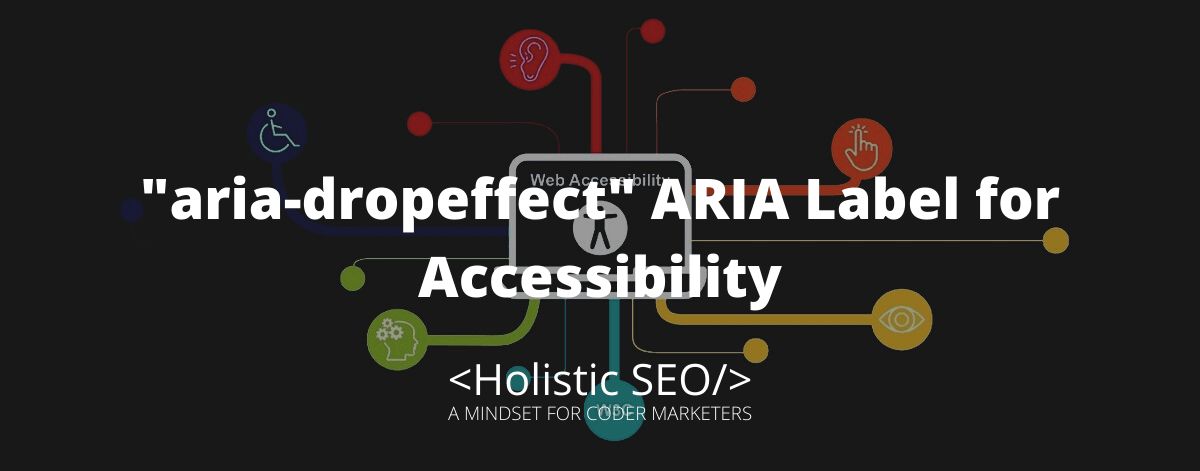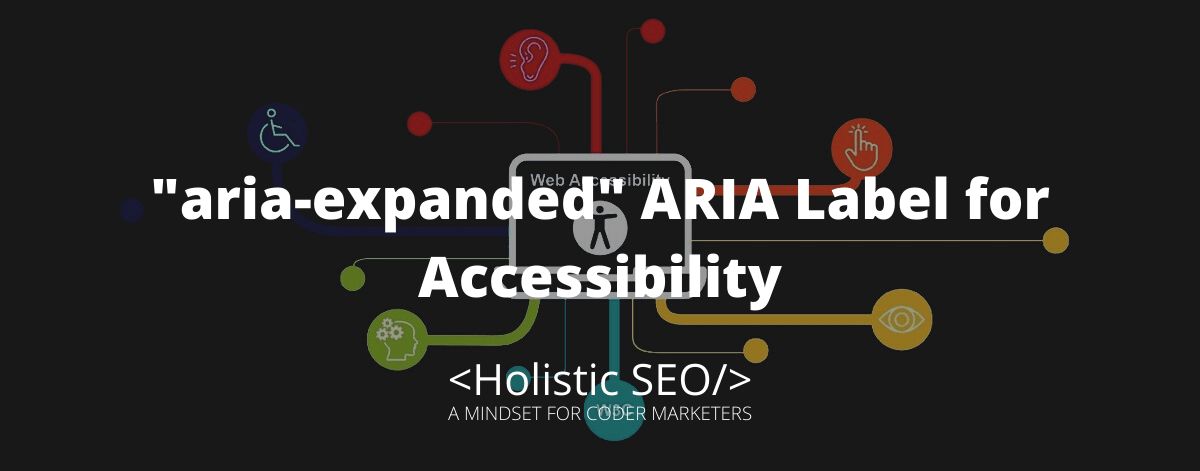The aria-dropeffect is a drag-and-drop command by ARIA that imposes draggable sections with their corresponding drop targets. The purpose of the attribute is to define available drag options for users before it is released to a specific drop target using assistive technology to perform such commands. Such assistive technology is made available for users in dataTransfer.dropEffect. The developer can utilize the aria-dropeffect command to design a pop-up menu where a list of available drag choices is indicated to generate a visual presentation of the choices. The aria-dropeffect command is also utilized by all elements from its base markup. The aria-dropeffect can be used with some drag functionality that includes pop-up menus that will determine the options by its native app. Other ARIA Labels used in aria-dropeffect is the aria-grabbed.
What is the function of the “aria-dropeffect” ARIA Label?
ARIA Label aims for web actions such as the drag and drops function to be fit for use by most people. The attribute for aria-dropeffect is part of the commands that are made accessible for users of Assistive Technology. Employing the aria-dropeffect in certain applications does not necessarily activate the function, such a command may only interpret or show the attribute’s action. The aria-dropeffect can utilize the different drop effects according to its corresponding element. For every aria-dropeffect command, there must be perceptible choices of drop targets. For its Assistive Technology function, a keyboard command is created to be able to direct the dragged object to its new page.
What are the uses of the “aria-dropeffect” ARIA Label?
Listed below are the uses of the “aria-dropeffect” ARIA Label.
- Document structure roles: this defines the content in a certain section that provides standalone information. The usual roles include article, table, and heading.
- Widget roles: The widget role includes information that is structured by authors to be interactive for users. Widget roles would comprise radio, button, and checkbox.
- Landmark roles: The Landmark roles denote an important section of a given webpage and how it is being structured. Landmark roles may become distracting for some users when it is being overused all over the web page.
- Live region roles: The Live region is an interaction using Assistive Technologies to notify users, most especially the visually impaired, of any dynamic changes being done.
- Window roles: The Window role uses actions that will generate sub-windows on specific or current pages. They may appear as pop-up windows or alert windows.
- Abstract roles: The Abstract roles are performed by browsers and are the basis for most ARIA roles mentioned.
Example Uses of “aria-dropeffect” ARIA Label
There are no available examples for aria-dropeffect.
The aria-dropeffect is related to the aria-grabbed attribute because they are both responsible for notifying the user that such an item can be dragged. Without the aria-grabbed attribute, it is not possible to have the item dragged and dropped. The aria-grabbed attribute signals the user that the element is already in “grabbed” status. It uses commands such as aria-grabbed=”true” if the element is already grabbed and aria-grabbed=“false” if it is viable to be grabbed, but it isn’t yet. The aria-grabbed=”true” command is especially useful for aria-dropeffect to signal its function to drop the object being dragged depending on the value being set by the author.
- 48 Online Shopping and Consumer Behavior Statistics, Facts and Trends - August 22, 2023
- B2B Marketing Statistics - August 22, 2023
- 38 Podcast Statistics, Facts, and Trends - August 22, 2023


